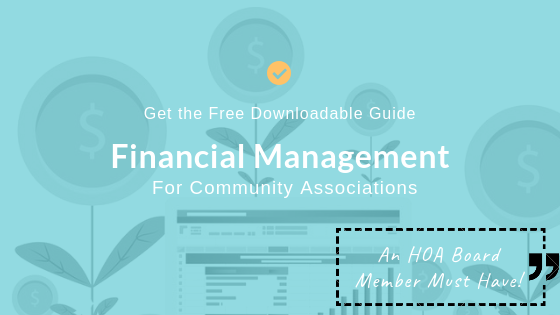Part 3 : Bankruptcy Actions
Part 1 | Part 2 | Part 3
Be Prepared for Bankruptcy Petitions by Owners
A community association should have procedures in place to protect its interests in the event a delinquent owner declares bankruptcy. When an owner files a petition for relief from bankruptcy, this action affects:
- The likelihood of the community association collecting any delinquent assessments it is owed
- The steps it can take to collect those monies
A bankruptcy filing imposes an automatic stay (hold) against any debt collection efforts. It is illegal for a creditor such as the association to violate that stay, even if the creditor does not have notice of the bankruptcy. The Collection Services Group at RealManage does monitor bankruptcy activity and communication with the bankruptcy court on behalf of your community association.
There are actions a creditor may and may not take under the law when a debtor declares bankruptcy. When you become aware of a bankruptcy filing by an owner, you must:
- Immediately contact legal counsel
- Immediately forward any bankruptcy notices to your legal counsel
- Immediately stop all collection efforts
There are legal means for a community association to collect what it is owed, even though an owner declares bankruptcy. The association still has the right to collect new charges from the debtor as they are incurred despite the bankruptcy filing, although only an attorney can continue the collection efforts.
One of the factors that influences the order of creditor’s payment is the date a lien was filed. Your attorney may need to quickly record the lien it to make it public record. Make sure the association’s attorney files a proof of claim as soon as possible after you receive the notice of bankruptcy.
Three types of Bankruptcy:
- Chapter 7: Chapter 7 (straight bankruptcy or liquidation) involves the prompt conversion of all of the individual’s non-exempt property to cash and payment of creditors to the extent possible. The law establishes the order in which creditors are paid, and the percentage of debt that is paid. Where the community association falls in the order of creditors will affect whether it is paid what is owed and, if so, how much. Typically an association receives nothing or a very small percentage of the amount it is owed when an owner files Chapter 7.
- Chapter 11: Chapter 11 bankruptcy (re-organization) allows for an orderly payment to creditors while enabling a corporation to continue to operate. Chapter 11 involves the development of a plan to pay off debts in a timely manner. Once a judge approves a plan as “fair and equitable,” it is binding and discharges all debts not provided for under the plan. Creditors usually eventually receive more of what they are owed under a Chapter 11 than a Chapter 7. However, they don’t necessarily receive all of what they are owed.
- Chapter 13: Chapter 13 is used to reorganize personal or non-corporate debt. A plan is submitted to a judge for paying off all or some of the debt over a specified period of time while waiving other debt that may have been incurred prior to filing for bankruptcy. Chapter 13 establishes a payment plan detailing the amount that must be paid and the time period for repaying it. Creditors do not have to agree to the plan. As with Chapter 11, a creditor has more of a chance of eventually being repaid under Chapter 13 than Chapter 7.
Uncollectible Payments: A payment that cannot be collected from an owner is called a bad debt. When a community association determines that a debt cannot be collected from an owner after a reasonable effort has been made, it should write off the debt. A bad debt write-off consists of recording an uncollectible debt as an expense that the association must absorb. This is usually requires a resolution of the board.
Solutions for Collection Shortfalls: How does a community association offset a collection shortfall? The alternatives available to an association include:
- Levy a special assessment
- Raise the regular assessments for the coming year
- Create a reserve for bad debts in the budget
- Cut this year’s expenses
Your RealManage Community Association Manager will work with you and provide the Board recommendations to guide you through these shortfalls.


